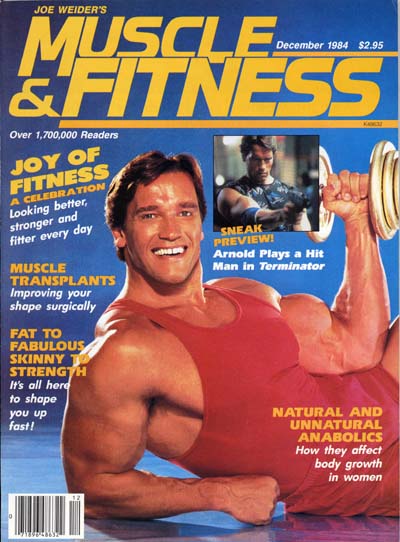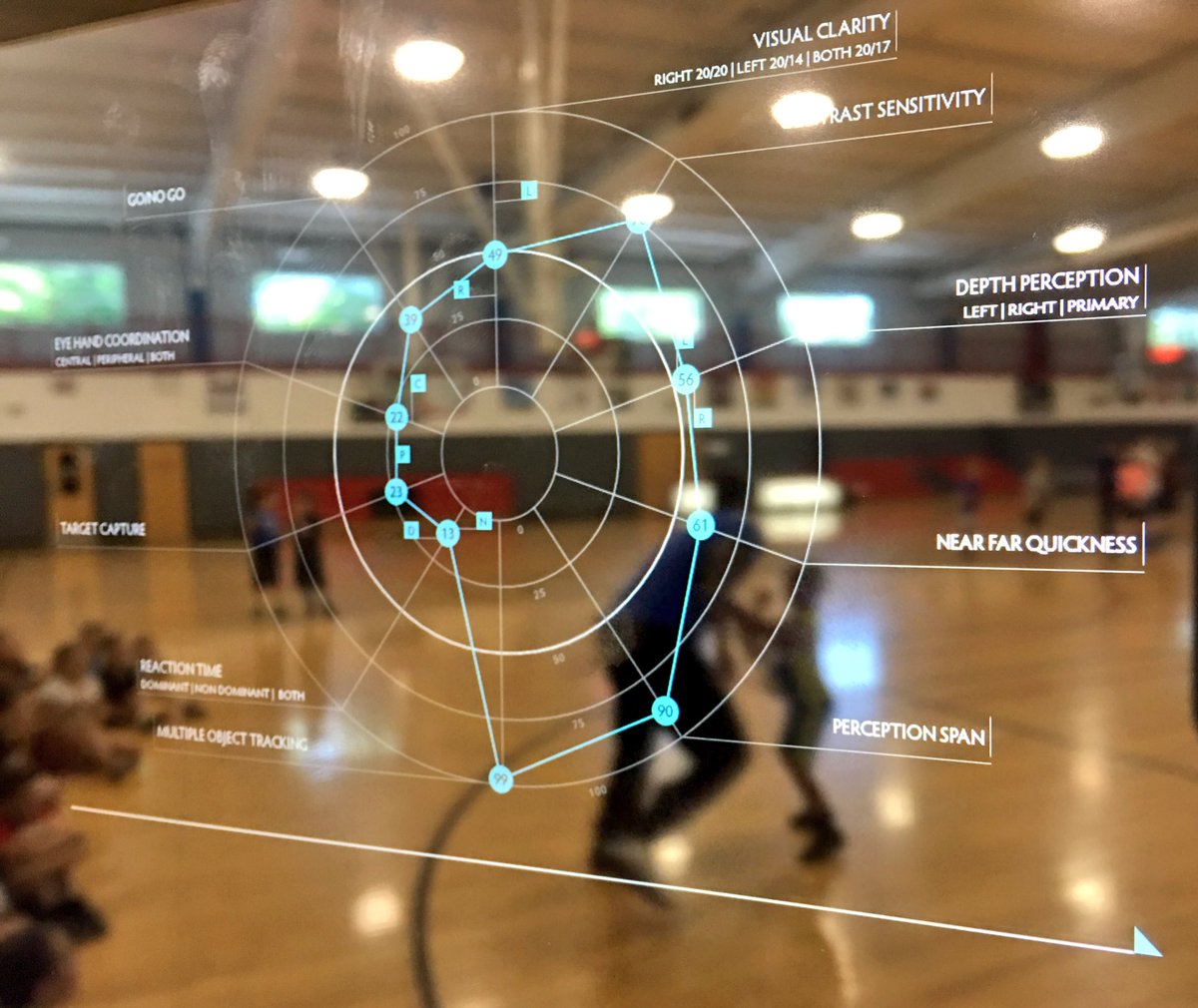
How It All Began
In the late 1980’s, Relief Jones was a scrawny middle school wrestler who was weighing-in after practice when he noticed a magazine on his coach’s desk. It was a copy of “Muscle and Fitness” magazine. He asked if he could borrow the magazine and his coach said he could have it. He read it from cover to cover and sought out other issues of the magazine. He began lifting weights and soon discovered that his muscles were growing and his athletic performance was improving. The boost in self-confidence helped his academic performance in the classroom. Before graduating from high school, he knew that he wanted to become a doctor that helped athletes become peak performers. Orthopaedic surgeons specializing in sports medicine were frequent contributors to the articles–that would be his new long-term goal.
Hard Work
Dedication
The Big Surprise
Relief entered the Duke University School of Medicine in 1996. In his words, “I did not go to medical school to become a doctor, I went to medical school to become an orthopaedic surgeon”. But after the first three years of medical school, something changed. Relief realized that orthopaedic surgeons spent most of their time fixing broken athletes. Very little of their time was devoted to transforming athletes into peak performers. With that knowledge, he explored other specialties and ultimately chose to become an ophthalmologist. Eye surgery was neat, precise and fit his obsessive-compulsive nature. He also enjoyed working with the high-tech hardware and software used in the specialty.


Welcome to the Future
Serendipity is when you’re looking for something and you find something else. Then you realize what you’ve found is more suited to your needs. That is what happened with Relief choosing ophthalmology as a career instead of orthopaedics. Multiple companies, including NIKE, was working on computer hardware and software to maximize brain performance. The devices involved training the brain through the visual system. Athletes spend much of their time practicing sport-specific skills and training their musculo-skeletal system. Unfortunately, the best athletes are those who possess higher functioning brains.
Are You Ready?
Today we see athletes who do not look very imposing–take Roger Federer or Kevin Durant for example–but they are dominant in their sport. They possess a certain level of focus and concentration unmatched by their opponents. This ability may be innate to their personalities and help to make them great. However, this higher level of functioning can be trained using computer hardware and software. It can be used by students to improve their academic performance or athletes to improve their sports performance. Neurosportz has designed a unique training program that will you with BOTH aspects at the same time. Pat yourself on the back, because you’ve come to the right place!!!

